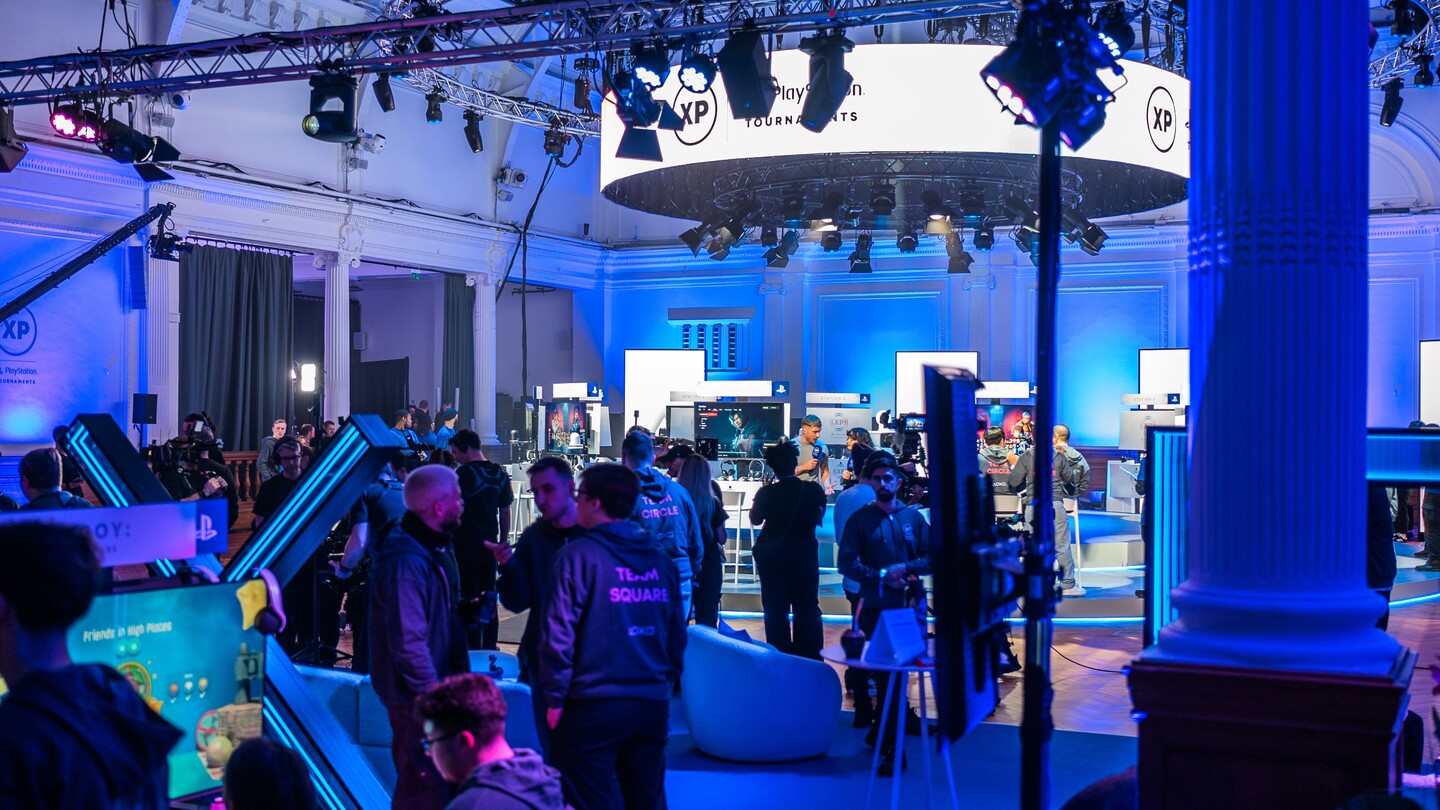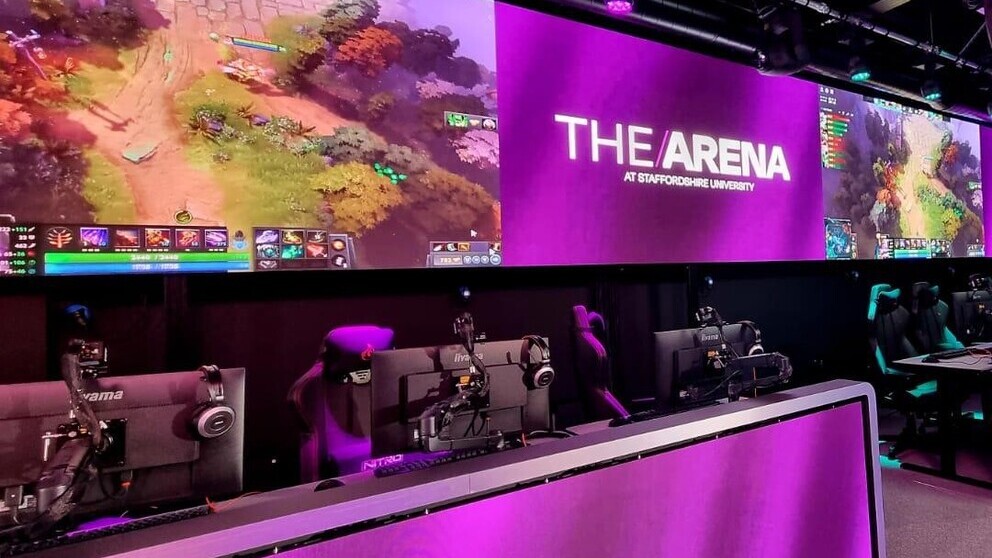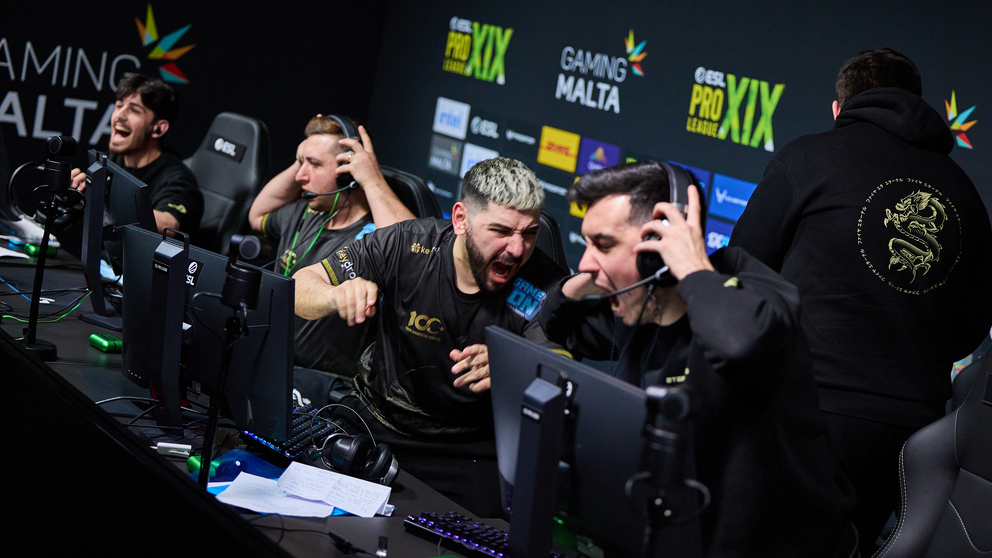Esports production shares many qualities with live sports, but sound engineering is a whole new game. IBC365 explores the complexities of controlling who hears what in a crucible of noise.
Sound has always played a major part in the gaming experience. Gunshots, revving engines and screeching tyres are the obvious aural signatures of shoot-’em-ups and auto-based games but supporting these are subtler backgrounds and atmospheres that help create the various environments in which players find themselves. All this carries over to the large-scale, multi-player, arena-based world of esports, but the live, professional nature of this increasingly popular form of game-playing calls for specific audio techniques that set it apart from its home counterpart.
The main difference is the scale, with the games taking place in an arena and involving a large number of people, all of whom need to hear what is going on. Cameron O’Neill, Country Manager for broadcast facilities company NEP Japan, divides those involved into three categories: the sports group, comprising the competitors and their support teams (coaches and backup players) plus the referees ensuring everyone plays by the rules; the audience, live production teams and the announcers/commentators, known in esports as ‘shoutcasters’; and the broadcast and streaming crews producing coverage of the events...
You are not signed in.
Only registered users can view this article.
 10 (1).jpg)
OTT evolution: Shifting business models, monetisation and personalisation
Over the past two decades, the over‐the‐top (OTT) industry has undergone a remarkable transformation from a niche experiment to a multi‐billion‐dollar ecosystem, writes John Maxwell-Hobbs.
.jpg)
AI through the looking glass: Digital natives
When it comes to AI, the M&E industry should take a more active interest in the views of its young people if it wants them to remain part of it, writes James McKeown.

NAB preview: Agentic AI poised to steal the show
New imaging technologies, AI creative mates and wrestlers await visitors to Las Vegas while America’s free press is under attack.

Inside virtual production’s latest processing and toolset innovations
Advances in GPU capability and algorithms are among the developments allowing ‘more to be done with less’ as virtual production technology and techniques continue to evolve, writes David Davies.

Content Everywhere: Getting (more) personal in the AI era
Content Everywhere companies cite service personalisation as an area in which artificial intelligence (AI) and data will play an increasingly transformative role in the highly competitive streaming market.




